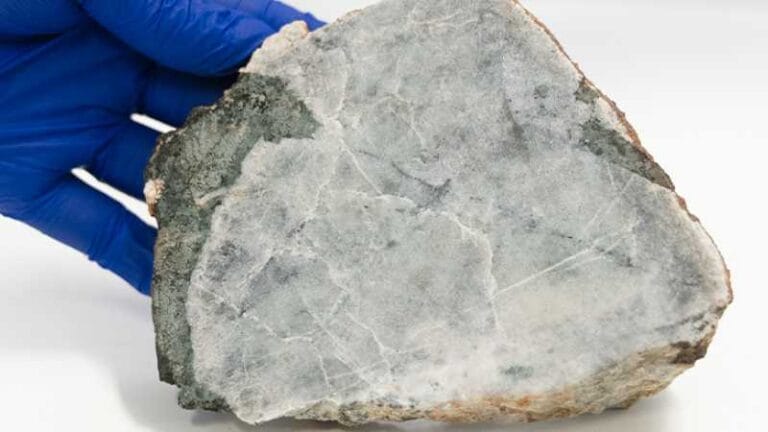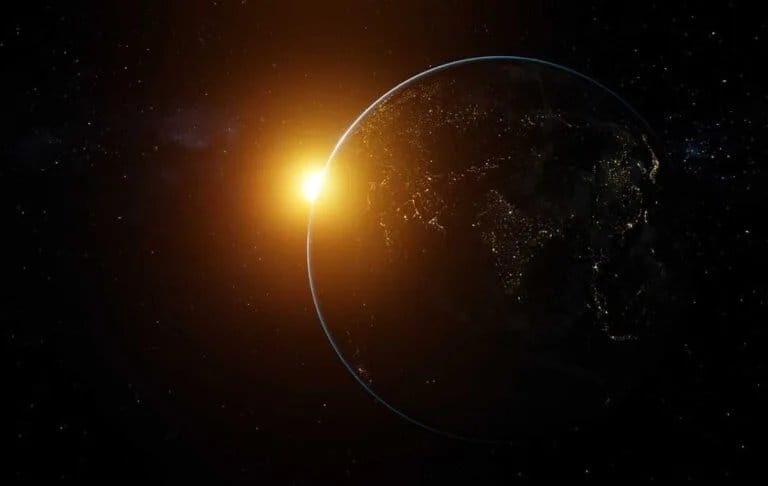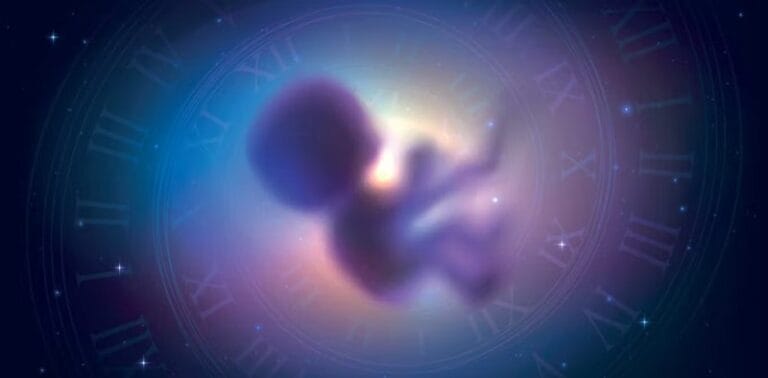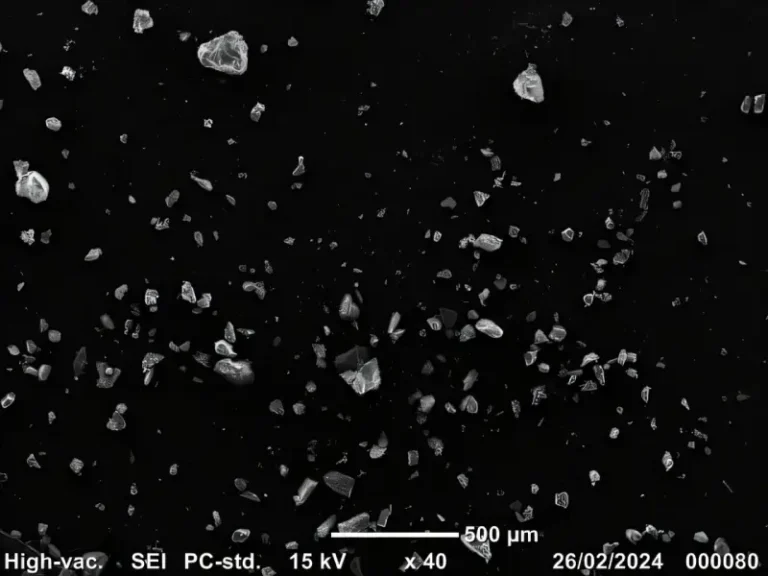Earth has a new quasi-moon
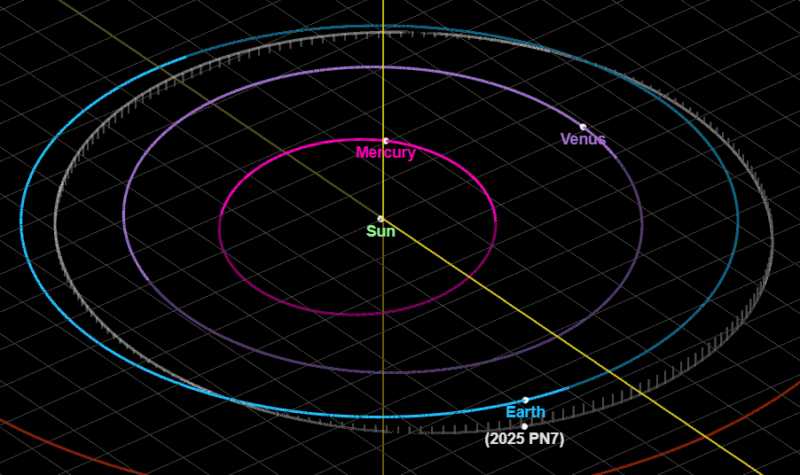
A new study published in Research Notes of the American Astronomical Society has confirmed the existence of a small celestial body that accompanies Earth on its path around the Sun. Named 2025 PN7, the object was detected by the Pan-STARRS observatory, located in Haleakala, Hawaii, on August 29, 2025.
Despite some recent headlines suggesting that NASA has confirmed a “second moon” from Earth, the term is incorrect. 2025 PN7 is not a moon per se, but rather a quasi-satellite – a special type of object that shares the orbit of our planet, without being gravitationally attached to it.
According to the researchers, 2025 PN7 has been in this type of orbit for about 60 years and is expected to remain so for approximately another 60 years, until the gravitational influence of the Sun pushes it away again. The body is small — about 19 meters in diameter — and very tenuous, which explains why it has gone unnoticed until now. Its brightness, at magnitude 26, is far beyond the observation capacity of amateur telescopes.
2025 PN7 is not Earth’s first known quasi-satellite. Other examples include Kamo’oalewa, Cardea, and four other similar objects. In 2025, China launched the Tianwen-2 mission with the aim of collecting and bringing back samples of Kamo’oalewa, whose origin may be related to fragments ejected from the Moon after an impact.
The trajectory of 2025 PN7 indicates, however, a different origin. Its velocity suggests that it is likely an asteroid captured from the main belt. Over time, its motion alternates between a horseshoe orbit and the current state of a quasi-satellite. In this type of orbit, the object appears to approach the Earth, decelerate, reverse direction, and then “return” to follow it — a movement that, seen from here, resembles the shape of a horseshoe.
Alan Harris, a senior scientist at the German Aerospace Center, points out that in the future, a closer approach to Earth could again alter the trajectory of 2025 PN7, possibly putting it on a route that intersects the orbits of Mars or Venus.
In short: the Earth has gained a new temporary companion. The small asteroid 2025 PN7 shares the orbit of our planet and, although it looks like a “second Moon”, it is a natural and well-understood phenomenon of the orbital dynamics of the Solar System.
Watch the movement of Earth’s newest quasi-satellite.
Watch Earth’s newest quasi-moon in motion. 🌍🌀
— Tony Dunn (@tony873004) October 21, 2025
The new paper “Meet Arjuna 2025 PN7” confirms #asteroid 2025 PN7 is trapped in a quasi-satellite orbit, looping around Earth (in a rotating frame) from the 1960s to the 2080s.
https://t.co/mFg1sFeQtl pic.twitter.com/2AOirhnsb9


